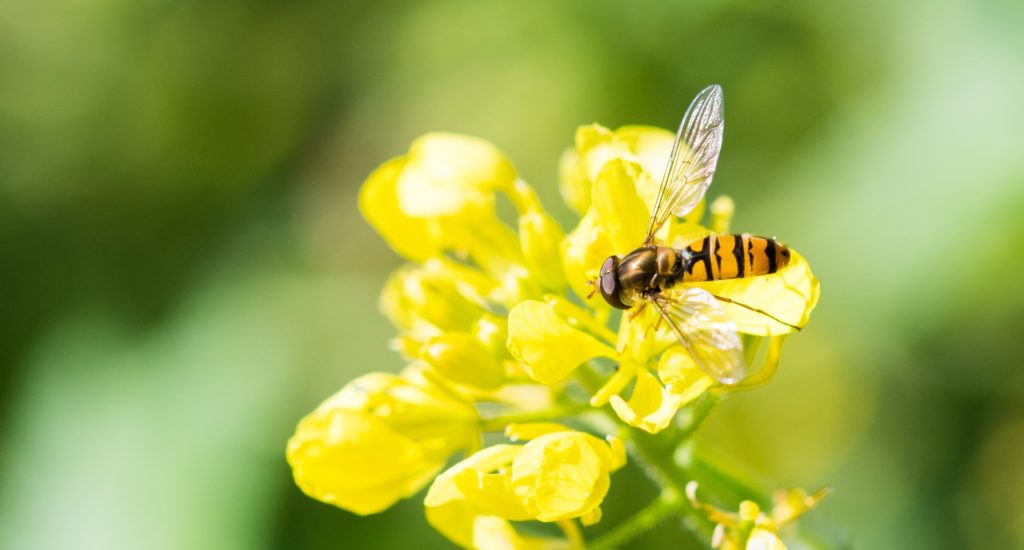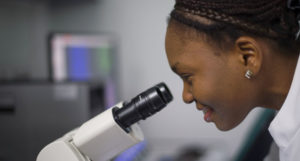Female hoverflies beat males on long-distance migrations

Credit Will Hawkes
Male hoverflies are outflown by females when it comes to long-distance migration, new research shows.
Marmalade hoverflies leave northern Europe each autumn to escape the cold winter.
The study – by the University of Exeter – compared the number of males and females migrating at a northern point (Denmark) and further south (Spain).
At the northern point, 50% of hoverflies were male and 50% were female – but at the southern point about 90% were female, suggesting males are “poor long-distance fliers”.
“We carried out a range of tests and found females were better adapted for long-distance migration,” said Toby Doyle, from the Centre for Ecology and Conservation on Exeter’s Penryn Campus in Cornwall.
“The reasons for this are unclear, but it’s possible that males prioritise fighting and mating, leaving little energy left for migration.”
The study did not track individual insects from one sample point to the other, but the sex differences at the two points show that females are far more likely to reach southern Europe.
The researchers designed experiments to work out why females are better long-distance flyers.
Female hoverflies performed better in flight tests, flying nearly nine times further than males. They also had lower wing “loading values” (less weight to carry in relation to wing size) and tolerated cold better, which is important for high-altitude flight.
Genetic tests showed females activated genes involved in immunity, resistance to low-oxygen environments and to increase lifespan. They also suppressed hormones to allow themselves to pause reproduction and redirect that energy towards migration.
“What surprised us most was the diverse range of traits seen in females that allow them to outperform the males,” said Dr Karl Wotton.
Doyle added: “These traits all seem to contribute to the success of female migrants, and this influences the make-up of the population across huge geographic areas and through the whole migratory and overwintering period.”
The lack of males making the southerly migration is probably not a risk to future hoverfly populations, as females can mate and store sperm prior to migration and use this to establish new populations in the spring.
The study was funded by the Royal Society.
The paper, published in the journal Open Biology, is entitled: “Multiple factors contribute to female dominance in migratory bioflows.”



